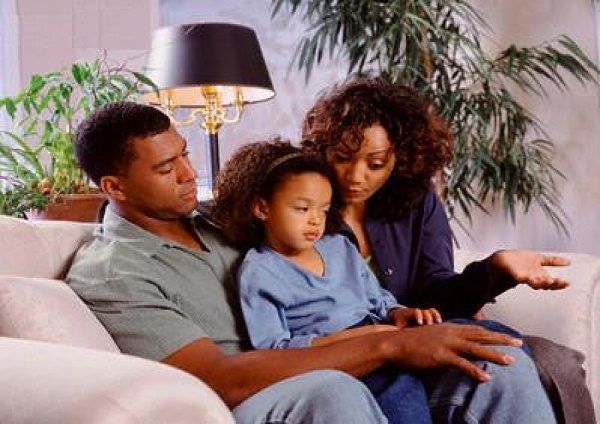“Good” touch and “bad” touch are words used to explain to children what type of body contact is and isn’t okay. It also helps them understand what situations they should tell a safe person about and ask for help. The words teach them how they should treat other people.
For children, “good” touch is body contact that cares for them. One that is necessary for their health or safety, or makes them feel safe. “Bad” touch is any body contact that they don’t want or makes them feel scared, or any secret touch. It’s also any body contact on their genitals or bottom, unless it’s necessary for their health. For children playing together, a good rule is: if the other person isn’t having fun, you have to stop.
Why Is It Important?
In this day and age, where pedophilia is on the rise and the safety of children is increasingly threatened, it has become really important to let kids understand the difference between good and bad body contact and how to speak up when they’re feeling unsafe or afraid. It’s something that most parents have a hard time talking about. However, awareness is power. It’s important that you to talk to your children about what a good body contact is and what it’s not.
Some Examples of Good Touch
Some examples are: relative offering a child a hug, and the child happily accepts; a parent or guardian changing a baby’s dirty nappy/diaper and cleaning the baby; a child sitting on a parent’s lap while they read a story together; a doctor gently caring for a child’s injury, and talking to the child; children playing together being a bit rough but not dangerous and they’re both having fun.
Some Examples of Bad Touch
Some examples: anyone touches a child’s genitals if they’re not doing something necessary for the child’s health; anyone touches a child and asks them to keep it secret; a child has to hug a relative even though the child feels scared; two children playing together, one of them gets hurt or isn’t having fun any more and the other one doesn’t stop.
How To Teach Your Child About It
- Start Sensitizing Children From a Very Young Age: Start talking to your child about good touch bad touch as early as possible so that they are equipped to understand this sensitive issue.
- Come Out of Your Inhibitions: Parents are sometimes uncomfortable taking up these sensitive topics, but, the learning has to start at home and its all about your child’s safety. Put aside your inhibitions and talk to your little ones in a simple way and with a play methodology like we do for many other things.
- Start by Telling Children About Their Private Parts: Tell them that the body parts we usually keep covered are our private parts and no one has the permission to touch you there. Give them your own example that even parents touch you there only if they are bathing or cleaning you, not otherwise.
- Teach children the correct names of all their different body parts, including their private body parts. Children often find it hard to tell about sexual abuse because they don’t know the words to use. Learning correct (anatomical) words for private body parts gives children the words to use and helps them know that it is okay to talk about those body parts.
- Teach children that “they are the boss of their body. Let your children know that they are in control of who touches their bodies and how. Model this for children: “I don’t want you to jump up and down on me. Please stop.” Likewise, immediately respect their wishes not to be touched in certain ways.
- Explain to your child that there are three kinds of touches. The three kinds of touches are: Safe touches-These are touches that keep children safe and are good for them, and that make children feel cared for and important. Unsafe touches- These are touches that hurt children’s bodies or feelings (for example, hitting, pushing, pinching, and kicking). Teach children that these kinds of touches are not okay. Unwanted touches-These are touches that might be safe but that a child doesn’t want from that person or at that moment. It is okay for a child to say “no” to an unwanted touch, even if it is from a familiar person. Help your children practice saying “no” in a strong, yet polite voice. This will help children learn to set personal boundaries.
What do the kids do when someone touches them in the wrong way?
- Say no! Tell the person that you don’t like it and you don’t want to be touched.
- Get away fast! Run away from the person whose touch you don’t like. Never stay alone with that person ever again.
- Call for help. You can scream.
- Believe in yourself. You did nothing wrong.
This article was first published on AfricaParent.com
Copyright 2024 TheCable. All rights reserved. This material, and other digital content on this website, may not be reproduced, published, broadcast, rewritten or redistributed in whole or in part without prior express written permission from TheCable.
Follow us on twitter @Thecablestyle

